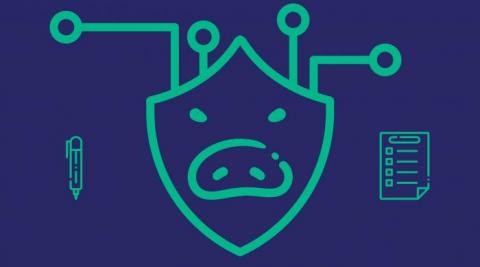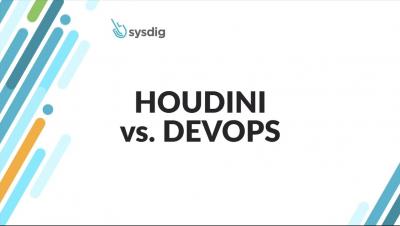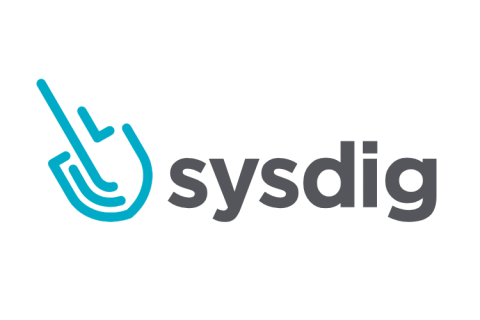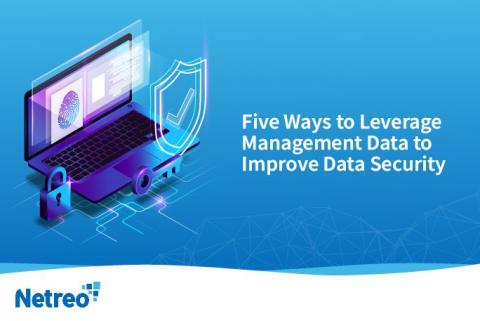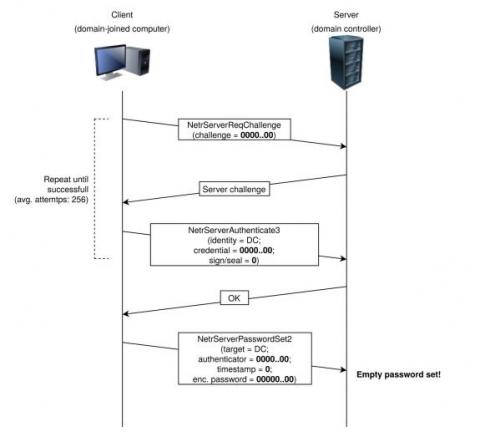6 top risk factors to triage vulnerabilities effectively
Common Vulnerability Scoring System (CVSS) scores have been viewed as the de facto measure to prioritize vulnerabilities. Vulnerabilities are assigned CVSS scores ranging from one to 10, with 10 being the most severe. However, they were never intended as a means of risk prioritization. If you’ve relied on CVSS scores alone to safeguard your organization, here’s why you’re probably using them incorrectly.



